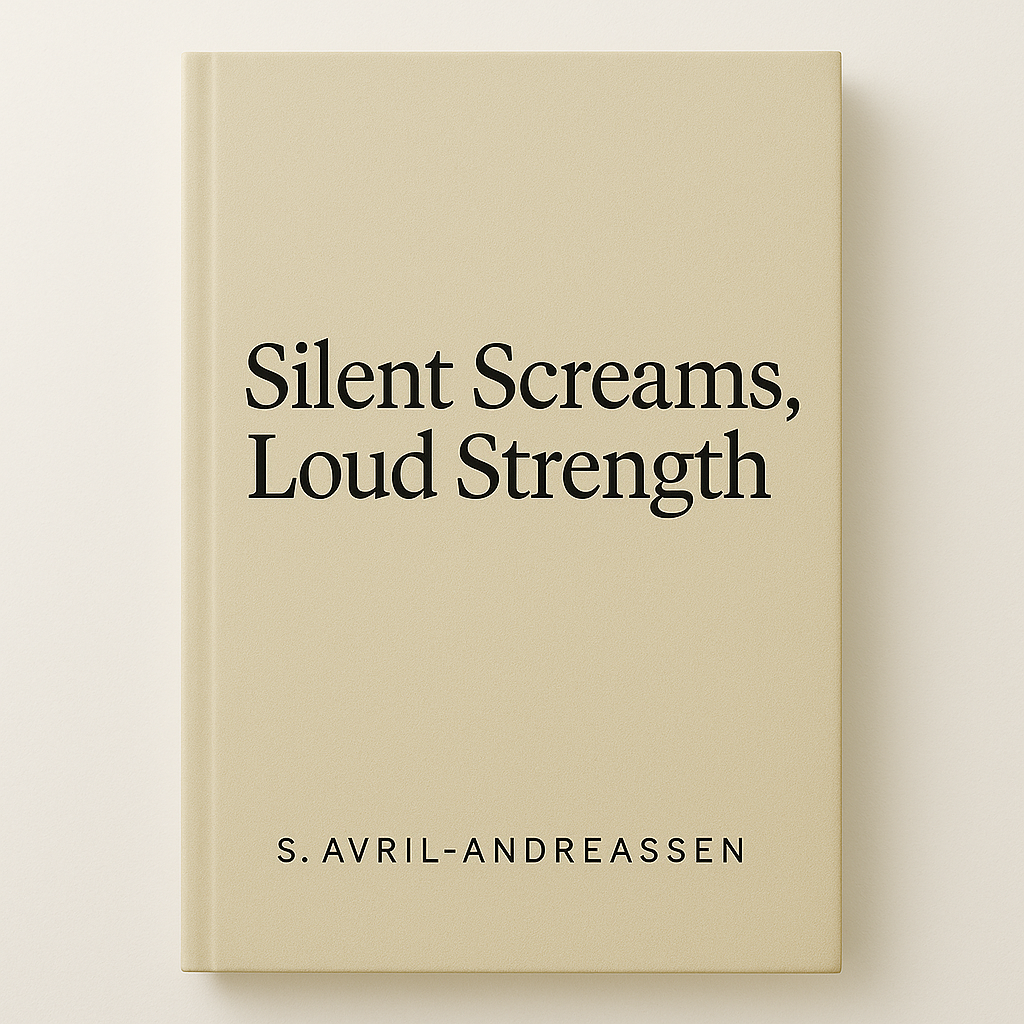Welcome to Fundamentals of Domestic Violence and Abuse.
You are taking a powerful step — whether to educate yourself, to heal, or to support others.
This course is designed to be self-paced, gentle, and empowering.
There is no rush.
There is no pressure.
There is only space for learning, healing, and growing — at your own rhythm.
Wherever you are in your journey, I honour your courage.
Now, let’s begin.
Module 1: Understanding Domestic Violence and Abuse
Lesson
Domestic violence is a pattern of abusive behaviour used to gain or maintain power and control over another person. It can happen in any relationship, across every culture, background, or economic status.
Forms of domestic violence include:
Abuse often follows a cycle: tension building → explosion → reconciliation → calm.
Understanding this cycle can help survivors recognize that the violence is not random — it is calculated and manipulative.
Self-Reflection
What beliefs about domestic abuse did I grow up with?
What do I understand differently now?
Module 2: Recognizing the Signs of Abuse
Lesson
Signs of Abuse in Adults:
Physical injuries (bruises, burns, broken bones)
Fearfulness, hypervigilance
Withdrawal from friends and family
Extreme privacy about relationships
Depression, anxiety, substance abuse
Signs of Abuse in Children:
Unexplained injuries
Sudden behavior changes (aggression, withdrawal)
Fear of going home
Regression (bedwetting, thumb sucking)
Excessive alertness ("walking on eggshells")
Not all abuse leaves visible marks.
Emotional scars are just as real — and often harder to detect.
Self-Reflection
Have I ever overlooked signs of abuse before — in myself or others?
What might I notice now with clearer eyes?
Module 3: The Different Faces of Abuse
Lesson
Physical Abuse: Hitting, choking, slapping, pushing, using weapons
Emotional/Psychological Abuse: Gaslighting, threats, intimidation, humiliation
Sexual Abuse: Non-consensual sexual acts, marital rape, sexual coercion
Financial Abuse: Controlling money, sabotaging employment, withholding resources
Coercive Control: Isolating from support, micromanaging daily activities, constant surveillance
Neglect (especially in children): Withholding basic needs like food, shelter, and medical care
Different survivors experience different combinations of abuse.
One form often opens the door for others.
Self-Reflection
Which types of abuse have touched my life — directly or indirectly?
How have they impacted my voice, my choices, my sense of safety?
Module 4: Safe Reporting and Advocacy
Lesson
When you suspect abuse:
Children: Reporting is mandatory. You must act if you have reason to believe a child is being harmed.
Adults: Consent matters. Adults must usually give permission before authorities intervene — unless there is immediate danger.
Reporting Safely:
Never confront the suspected abuser directly.
Document observations (not assumptions).
Know the local reporting hotlines and safeguarding agencies.
Protect survivor confidentiality unless a life is at immediate risk.
If the system fails:
Escalate through safeguarding leads, legal support, or advocacy groups.
Self-Help Tool
Reporting Checklist:
Lesson
Healing is not about erasing the past — it’s about learning to breathe again in the present.
Healing Strategies:
Grounding exercises (calming the nervous system)
Creativity (journaling, painting, movement)
Support networks (trusted friends, therapists, survivor groups)
Rest (allowing your body and mind to recover)
Healing does not require perfection.
It only requires your willingness to begin.
Self-Reflection
What does healing mean to me today?
What small act of kindness can I offer myself this week?
Closing Words
You are not what happened to you.
You are what you choose to become next.
Learning about abuse is an act of survival, resistance, and rebirth.
Whether you came here to help yourself or to help others — you are part of the healing.
You are brave.
You are wise.
You are not alone.
Created with truth and love by Samantha
Founder of Stillness Meets Strength | Author of Homeless, Not Defeated | Survivor and Advocate

